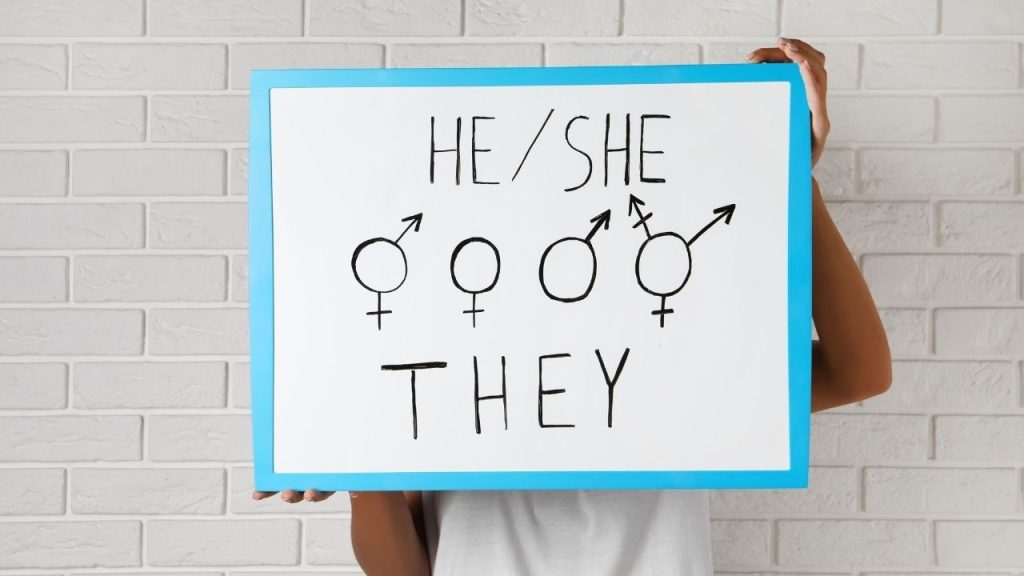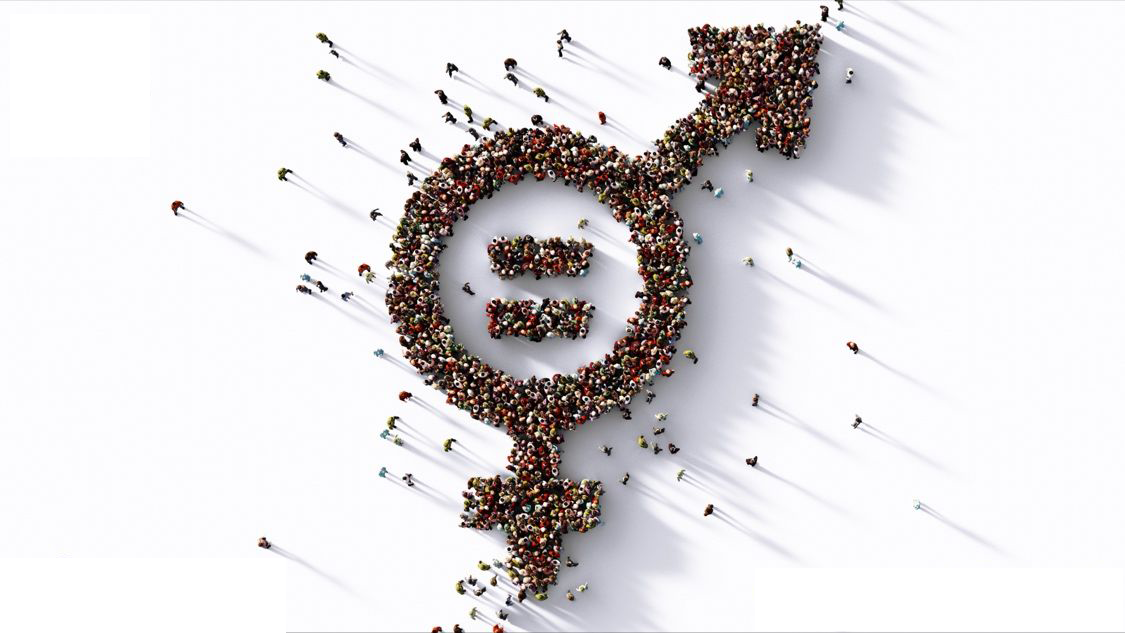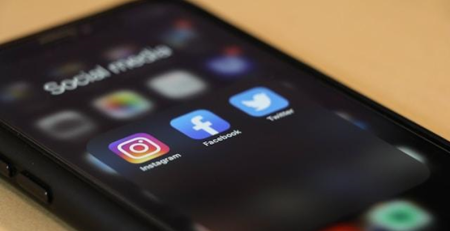The Confusion of Inclusion
From the time we leave the womb, we seek acceptance. Before we even latch on to our mother’s breast, we open our eyes looking for that familiar voice and smell that we are connected to in the womb. It’s an imprint. One we didn’t ask for, but we really didn’t have much choice in the matter. We are here. And all we want is for someone to understand our most basic needs. Acknowledgement. Nourishment. Love.
As we move through to adolescence and into young adulthood, there are defining steps, rights of passage. From taking our first steps, to learning self-care, to the first date. When we leave the home we were raised in, we learn self-efficacy, self-love. At least, that is what is supposed to happen to produce well-functioning adults to become productive members of society. A supportive environment like this also breeds compassion for others. Author Ann Douglas expounded upon the African proverb “It takes a village to raise a child” by adding “It takes a village to raise a child’s parent.” Yes, a sobering fact, but parents don’t always get it [right]. Life happens.
Do not get me wrong on this. A parent, absent of any emotional or psychological disorder who is sober, will always be the most qualified person to guide their children through to adulthood. But in the best of circumstances, parents, from time to time, need the support that is necessary to keep them on track with what should be the end-goal- a healthy progressive society. One that continues to improve and sustain [life]. Seems like a simple concept. In practice, we know its not.
So what does all of this have to do with the inclusion debate you ask? We saw the rise of Diversity, Equity and Inclusion [DEI] efforts in the public and private sectors. And now, we see the unraveling after many of these efforts were exposed as being fraudulent at worst and ineffective at best. The re-birth of DEI was, as we know, part of the fallout after the death of George Floyd. It stirred up beliefs about police brutality against (specifically) Black Americans and the perceived duality within the American justice system. The very division that took decades of [racial] progress was blown apart, deepening wounds which many had though were mostly healed. Many thought they were healed because they and their parents worked hard at it. It was a sobering reality to wake up and realize that there are people close to them, possibly coworkers, church members, possibly people even in their own family who may have shared beliefs and underlying pain that lays right below the surface in any conversation. But was it reality? If we accept that as fact, then we must also accept that a significant amount of trust has been eroded. That is where the confusion began. I will attempt to briefly dissect three main catalysts (beliefs) behind this confusion.
#1
The belief that a relatively small subset of the population shares the same experiences, political perspective, opinions, cultural lens and value systems as every other person who “looks” like them.
This belief, when accepted and internalized, necessarily creates a sense of divided loyalties, lending to tribalism. One of our basic needs is to feel accepted and to avoid being perceived as “unaccepting”. After all, compassion, if not put into practice, has no real meaning.
A divide can occur for many reasons but the most widespread one stems from religious or spiritual diversity. That is the broad landscape of varying religious interpretation and/or moral code. When multiple religions are forced to collide in an attempt to validate and uphold their individual belief systems, there is certain fallout. But honestly, there is nothing new under the sun. From the fall of the Roman Empire to World War II, these struggles and the dynamics behind them have not changed. It only seems new because technology allows us to consume every detail around the clock. This type of confusion is here to stay. We only have confusion to the extent we allow it to interfere with our core values as well as our ability to have civil discourse.

#2
The belief that the pervasiveness of racism continues to permeate recruiting and hiring practices across all sectors here in the U.S.
If we accept this as truth, then we must also accept that leaders in human resource management have not only failed at their job at adhering to fair hiring practices but could potentially have done this with malice. If you are an HR professional who has dedicated their career to overseeing hiring practices that ensure the most qualified candidates have equal opportunity to interview and get hired, these assumptions will not be welcomed. In fact, in many cases, HR leadership roles were replaced by ethnic minorities who had little or no experience in human resources. There is no substantive debate against the need to have a diverse workforce. If for no other reason, its just good for business. Diversity allows businesses to reach a diverse customer base. Of course, also, discriminatory hiring practices violate Title VII of the Civil Rights Act. This act prohibits discrimination in hiring, compensation, and terms, conditions or privileges of employment based on race, religion, color, sex or national origin.
So where did the confusion stem from? The definition of diversity itself carries different meanings for different people. The push for DEI seemed to have a primary focus on the need for increased Black American representation across all professions (except professional athletes). To other ethnic minorities, this may seem exclusionary and disingenuous. This debate became pronounced as DEI policies helped create barriers to college entrance for many students, both minority and non-minority. There is also considerable confusion over what the magical number should be when incorporating DEI into HR practices. What percentage of people from certain groups should be represented in which roles or what courses of study?
Bias training was rolled at large scale for all employees’ at most major companies and educational institutions. However, target goals were largely missing. Prior to 2020, many fortune 500 companies set out to increase the number of women in leadership positions. Many were successful at reaching their targets. Recent DEI initiatives have stopped short of articulating specific workforce goals as they relate to ethnic minorities. Nor have they brought forth a credible argument that the color of one’s skin offers unique skill sets to perform all jobs across all industries. Leaders like Dr. Chuck Herring, Director of Director of Diversity, Equity, and Inclusion at South Fayette Township School District choose to focus on the equity part of the equation.
“Equity, Inclusion, and Belonging (EIB) initiatives are likely here to stay for several reasons, primarily because they address fundamental needs in increasingly diverse societies and workplaces. These initiatives aim to create environments where all individuals have the opportunity to thrive, which is crucial for sustainable growth and innovation. By emphasizing equity, we strive to ensure fair treatment and opportunities for advancement for everyone, regardless of their background”. – Dr. Chuck Herring
Dr. Marilyn Carroll, business professor at Strayer University and executive coach, feels “As leaders, it’s essential to create an environment where every team member feels valued and involved. Inclusion goes beyond diversity; it’s about truly engaging every individual in the process.”
Equity, as redefined for DEI, simply stated, is providing additional support and reach for employees and students who have a [disadvantaged] past that may have prevented them from gaining access to the resources needed to apply for certain positions or gain a certain level of education. This is certainly a strong argument to be made in favor of these programs. A person without significant financial resources to obtain advanced degrees, will necessarily be overlooked for positions that require such degrees. In these cases, the pool of “qualified” applicants could (and has in the past) become homogeneous, necessarily weakening the strength of certain workforce sectors in terms of limited diversity. But was the answer to perpetuate the premise that certain schools or lines of business are “better” than others? In upholding that premise, the answer was to move the disadvantaged person to the “better” environment so they could compete on an equal playing field.
The concept of DEI, although noble in cause, seemed to be based on a short-sighted definition of diversity. One that does not consider or value individual experiences; geographic origin; transferable skills; cross sections of degrees from non-ivy league universities; emotional IQ; life skills and other traits that have nothing to do with how a person looks, who they choose to marry or to what gender they identify. This leads me to the 3rd source of confusion.

#3
The belief that the categorization of human beings by who they are attracted to and how they view their own sex traits is congruent with the cultural or ethnic backgrounds of a person.
Further compounding this conflation is the artificial assignment of physical characteristics with a specific culture (#1). The concept of inclusion is predicated on the need to ensure that no person is excluded based on how a person “identifies”. The explosion of pronouns came bout to help people assign themselves to what is most comfortable for them. The use of non-traditional pronouns became protected right and is required to be honored in all government-funded institutions. In fact, the failure to recognize a person’s selected pronoun or identity can result in immediate termination of employment in many industries. Seems straightforward? A person has decided on a pronoun. They let it be known to the public and the public acknowledges their identification. The problem and confusion lie with the infringement of protected religious belief and practice. Finding a middle ground between respect and acknowledgment and religious right and self-expression has become a battleground. But why now? Since the beginning of time there have always been those who see themselves and identify with non-traditional labels. What is different? Confusion happens in the presence of misunderstanding, intolerance and disrespect. Necessarily, the solution lies in increasing all three, leading with respect. Unfortunately, respect has always been difficult to legislate. So that leaves us with the free will to make decisions that will allow us to live according to our own set of values and in peace within our communities. Until there is a mutual agreement on peace, the confusion will continue.




Leave a Reply